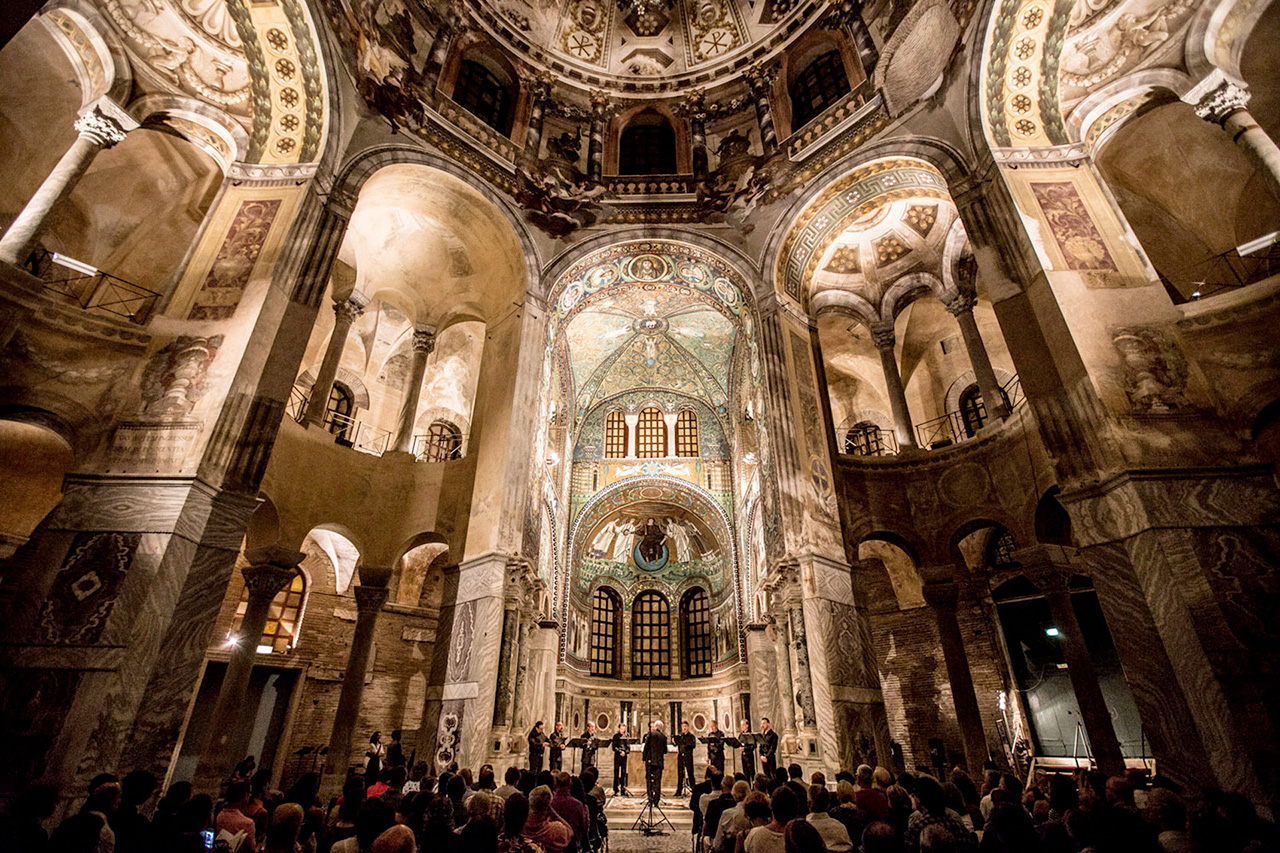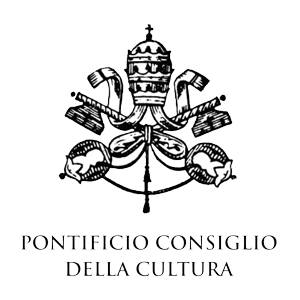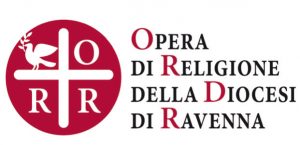© Luca Concas
Vespers at San Vitale
Violoncello solo
Milestones of the music for cello
Jo-Chan Lin cello
Programme 17 June
Johann Sebastian Bach (1685-1750)
from the Six Cello Suites
Suite no. 1 in G major, BWV 1007
Prélude, Allemande, Courante, Sarabande, Menuet I, Menuet II, Gigue
Suite no. 4 in E-flat major, BWV 1010
Prélude, Allemande, Courante, Sarabande, Bourrée I, Bourrée II, Gigue
Programma 18 giugno
Suite no. 2 in D minor, BWV 1008
Prélude, Allemande, Courante, Sarabande, Menuet I, Menuet II, Gigue
Suite no. 6 in D major, BWV 1012
Prélude, Allemande, Courante, Sarabande, Gavotte I, Gavotte II, Gigue
The performance of Bach’s Cello Suites unfailingly generates wonder, admiration, bewilderment and almost consternation: how can such quality and variety of invention, playfulness, poetics and even infallible rationalism be concentrated in just one instrument that was foreign to the very concept of soloism until Bach came along?
Traced to the Köthen period (1717-1723), hence to Bach’s appointment as Kappelmeister of Prince Leopold of Anhalt, they are supposed to have been composed for one of the highly skilled instrumentalists of that court chapel, the celloist (or viola da gamba player) Christian Bernhard Linigke.
The six Suites designed to organise the dance movements typical of a suite for keyboard instruments present a common feature, the addition to the four basic movements (Allemande, Courante, Sarabande and Gigue) of an extensive and characterising, hence with a different style each time, Prelude at the start, and of a couple of dances (respectively, in the following order, Minuet I and II in the first and second Suite, Bourrée I and II in the third and fourth, Gavotte I and II in the fifth and sixth: always with da capo, a repetition of the first one) between the Sarabande and the Gigue. The outcome is the construction of two large mutually specular sections, comprising three parts each, with the central slow tempo of the Sarabande, which marks the height of the Suite’s expressive concentration.




